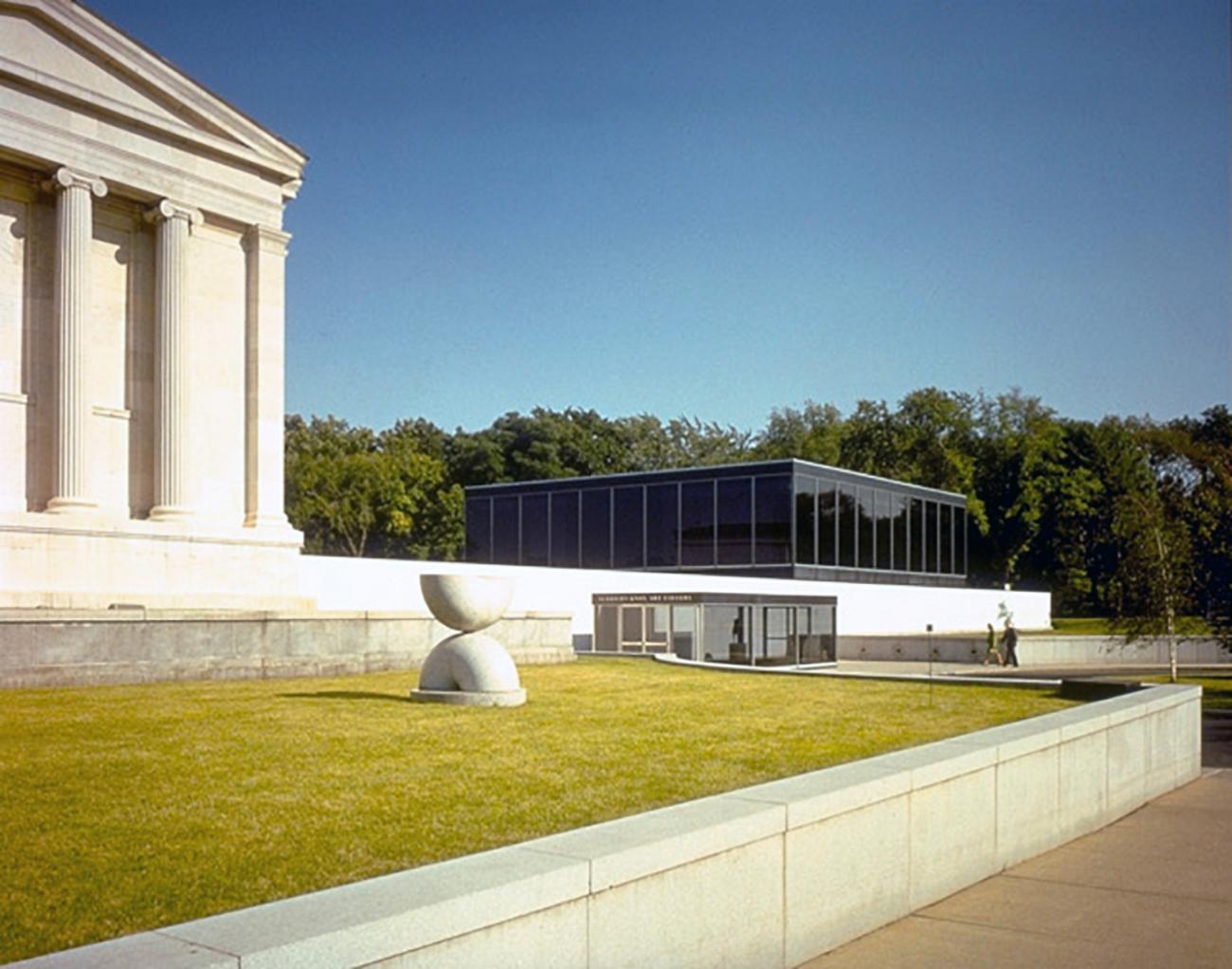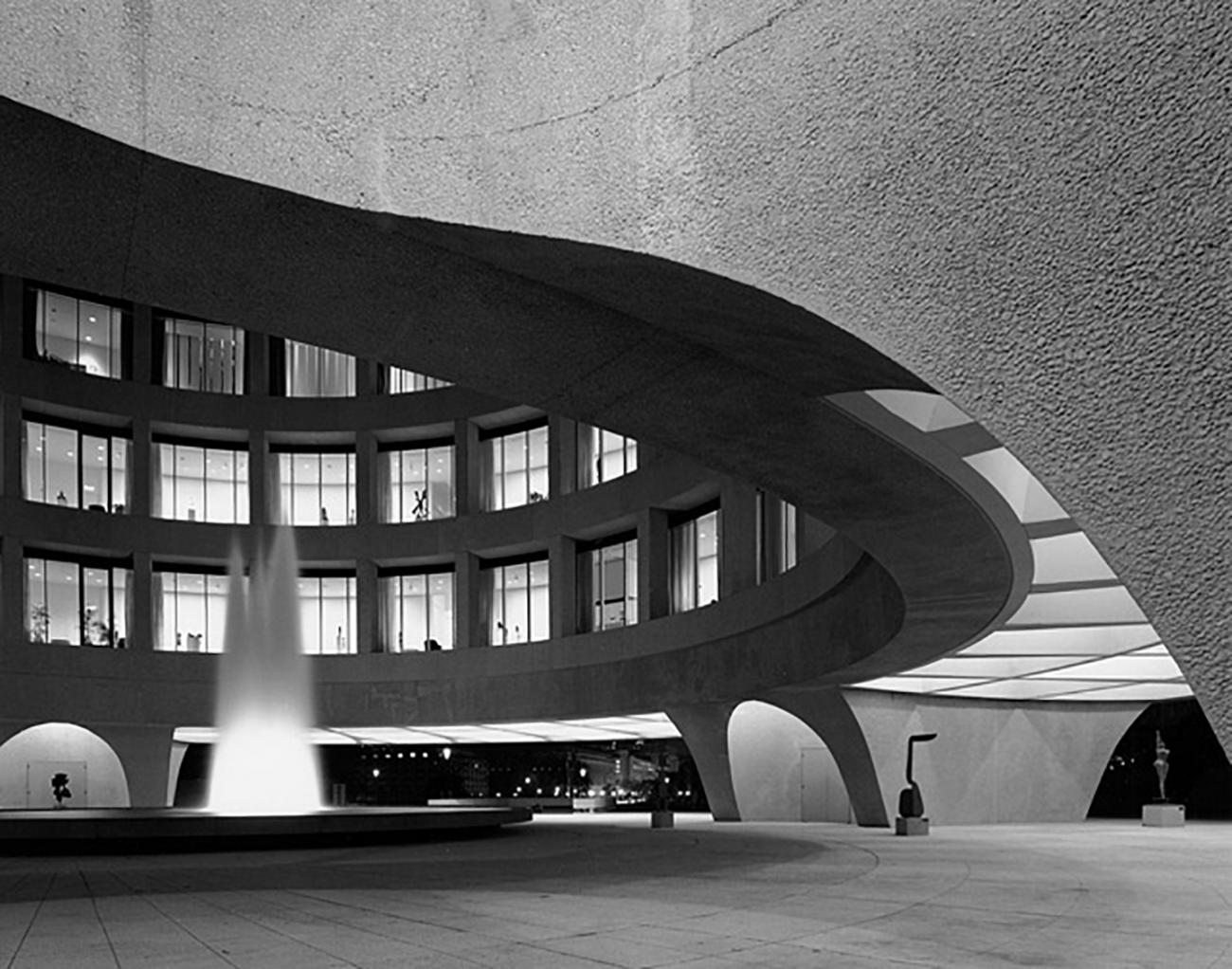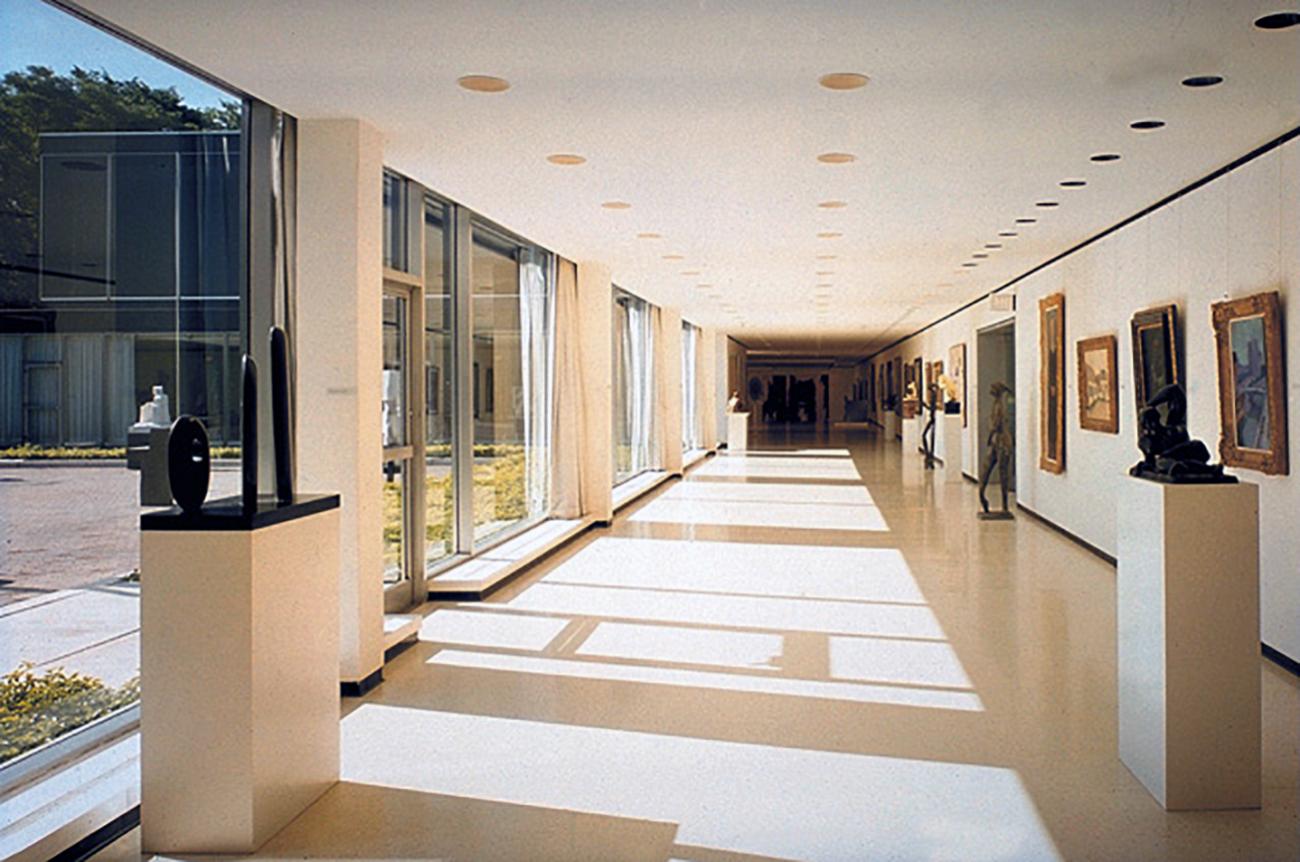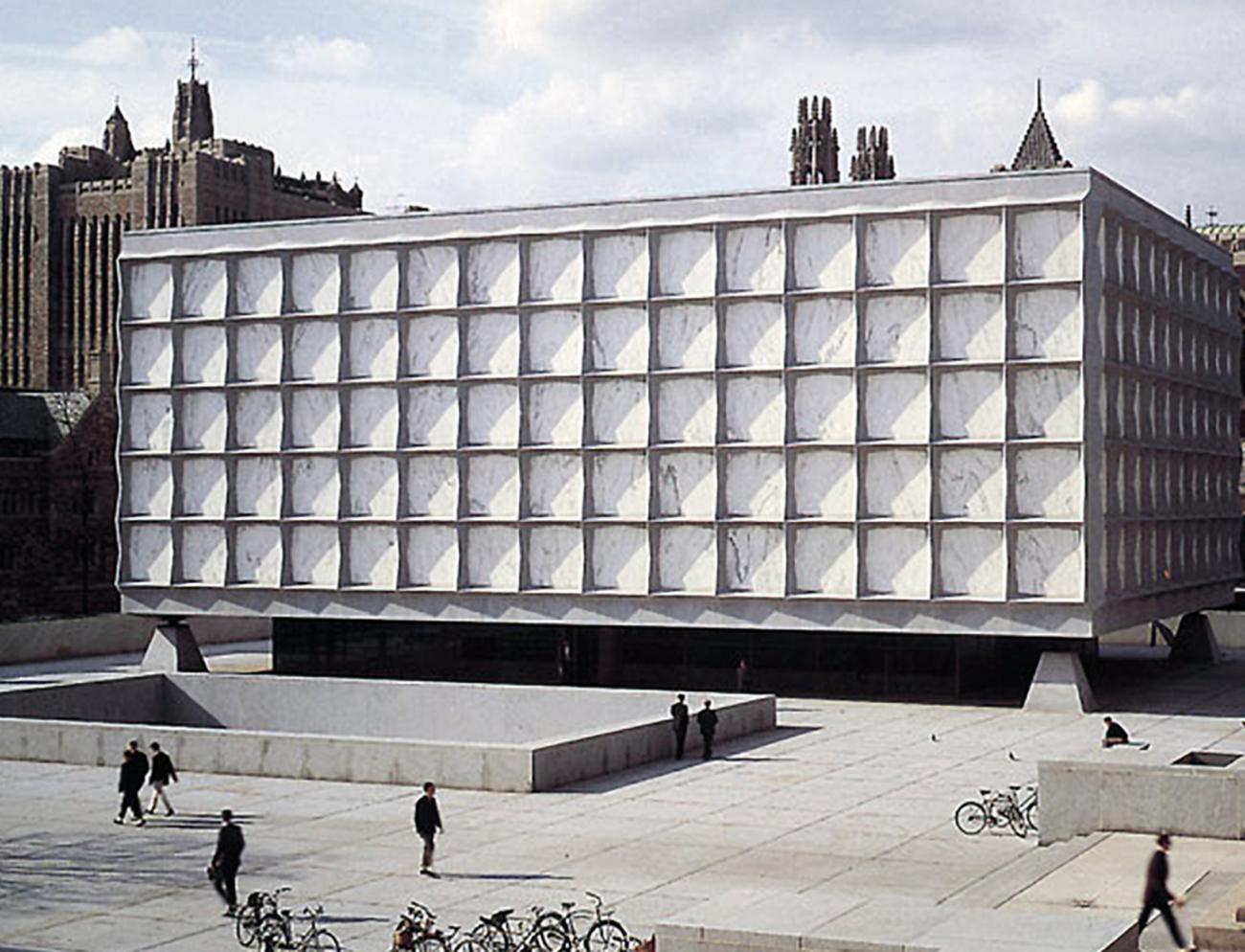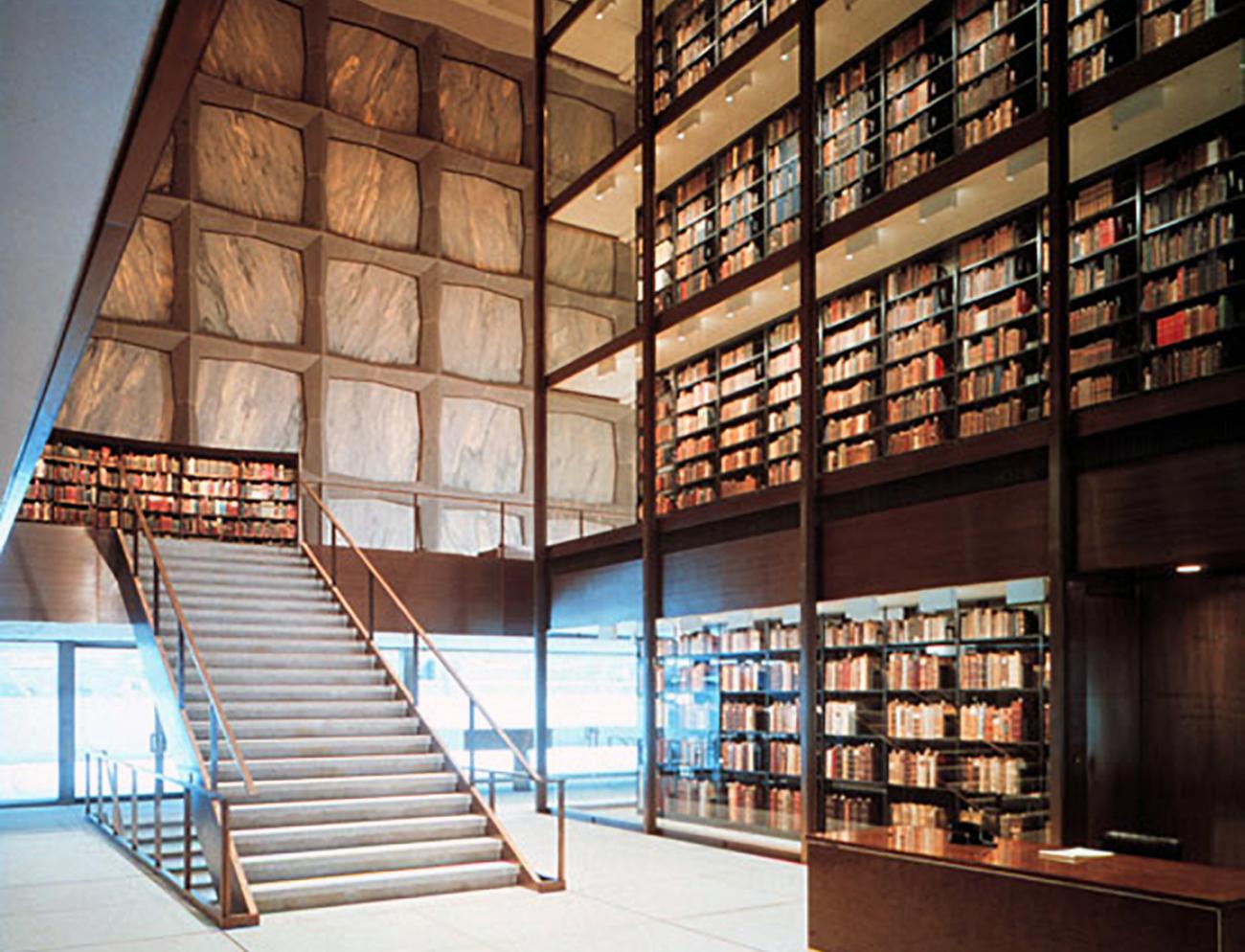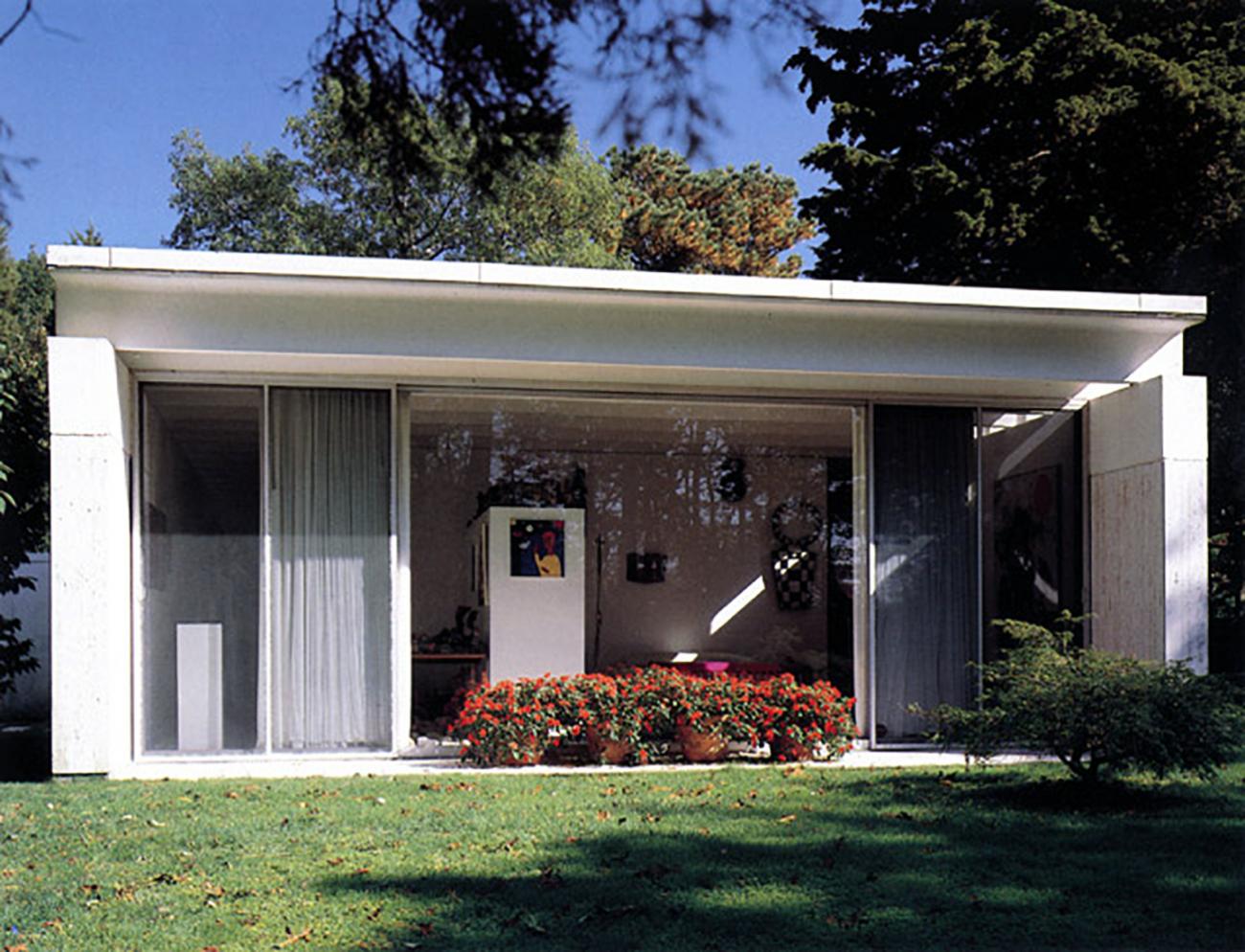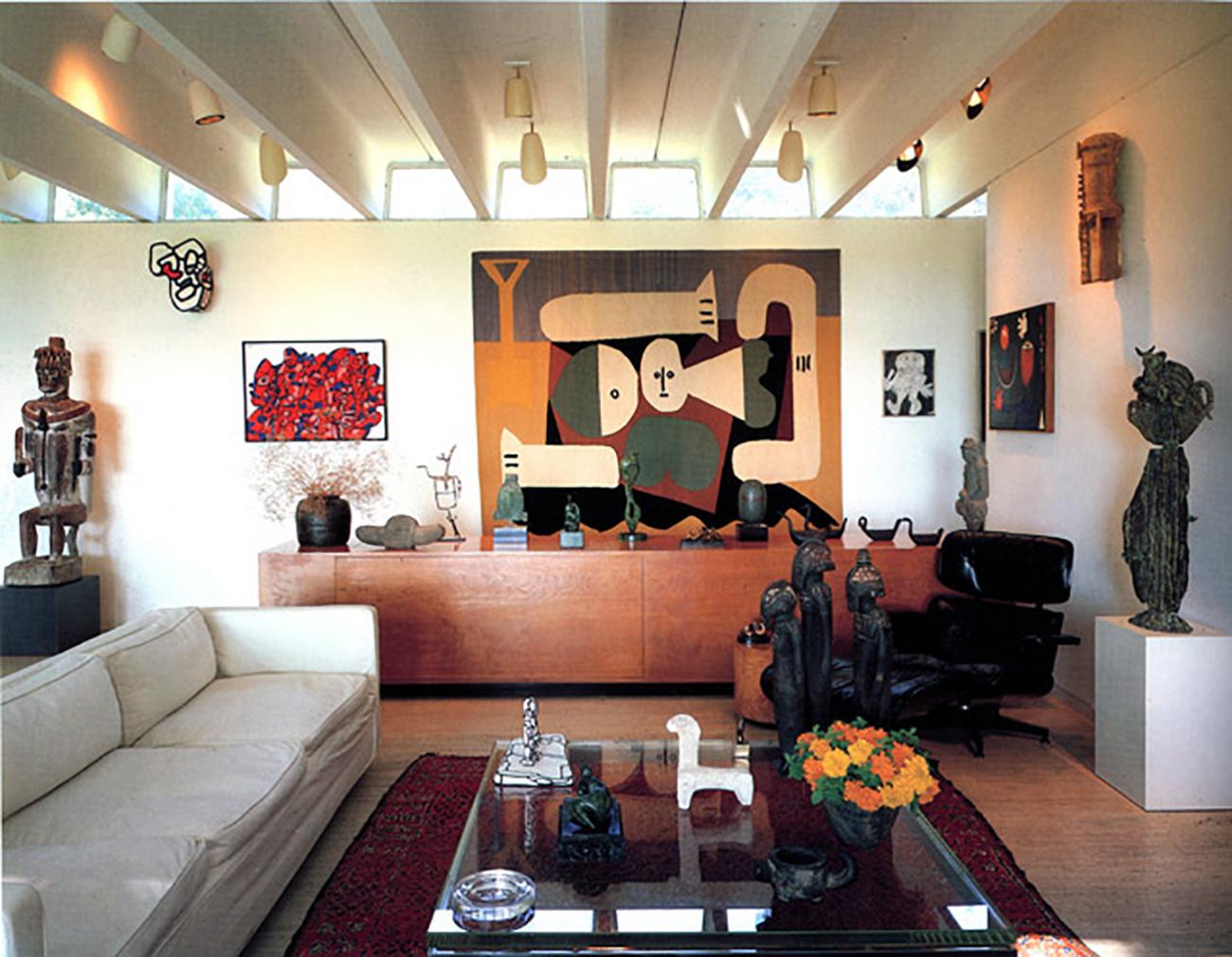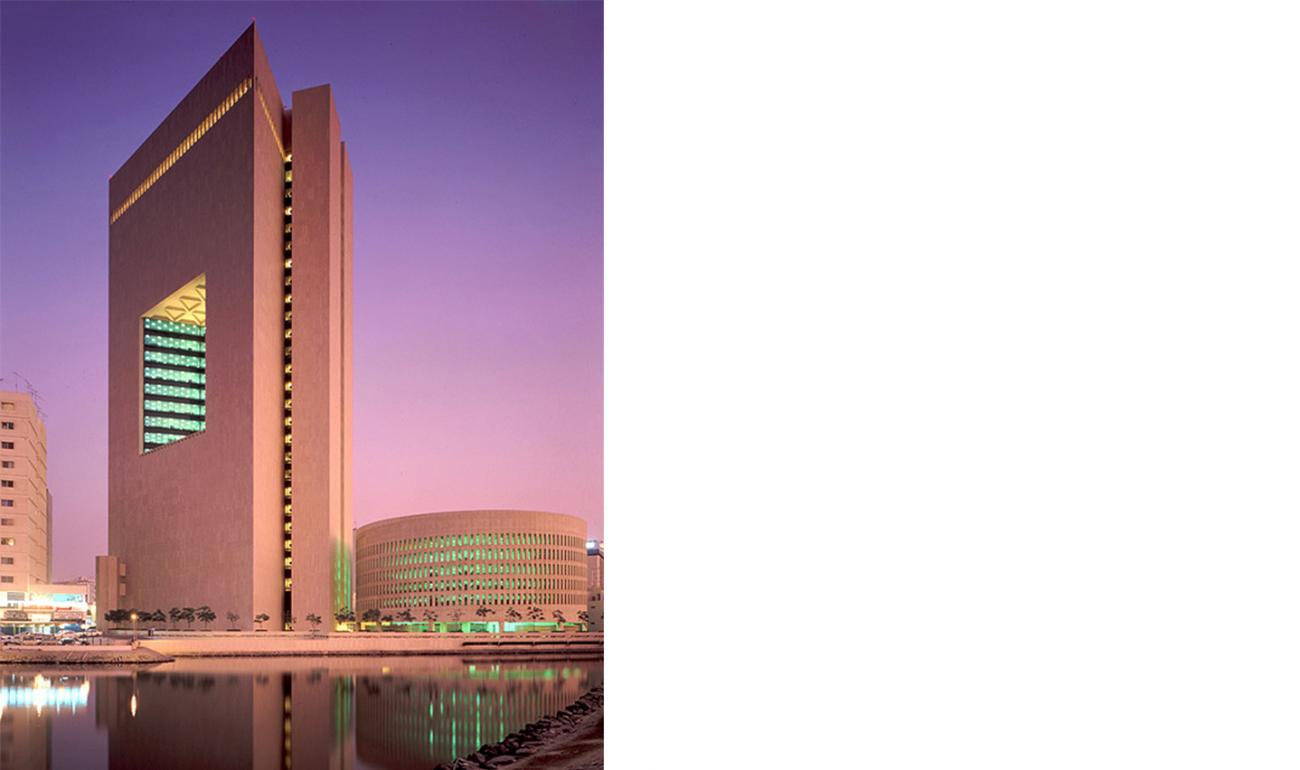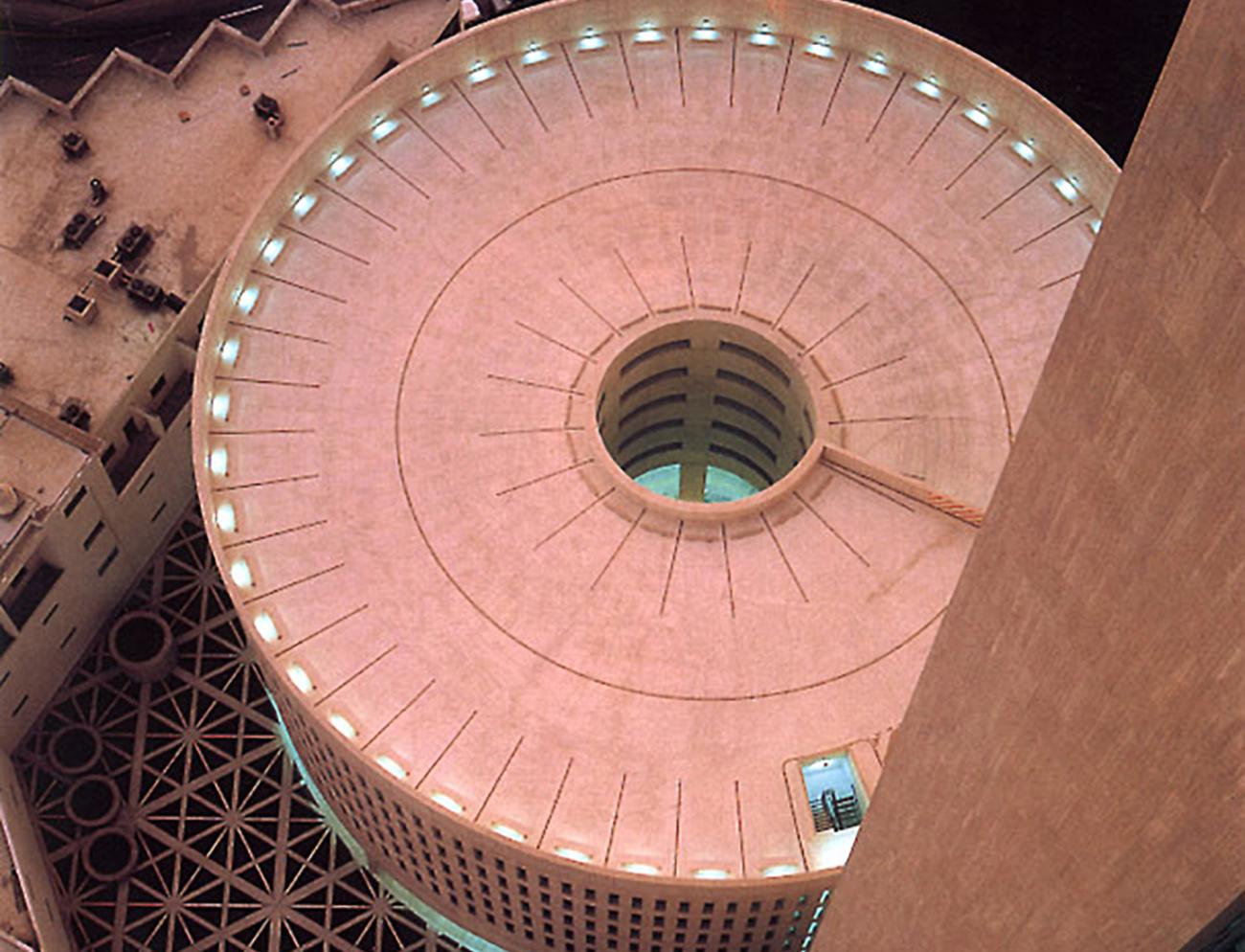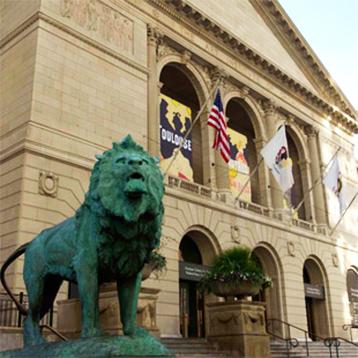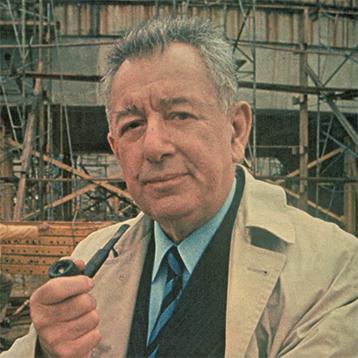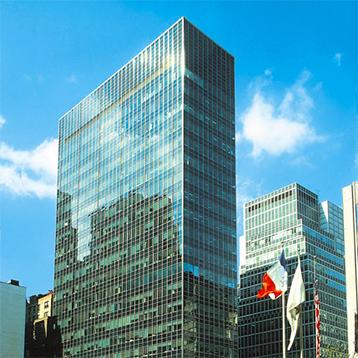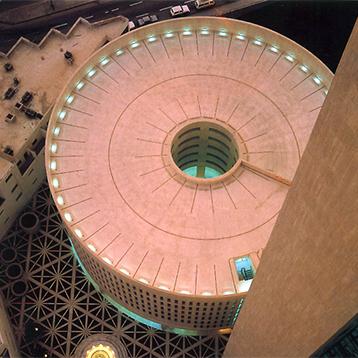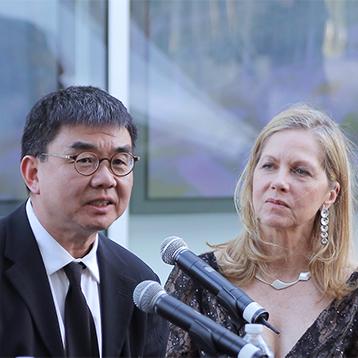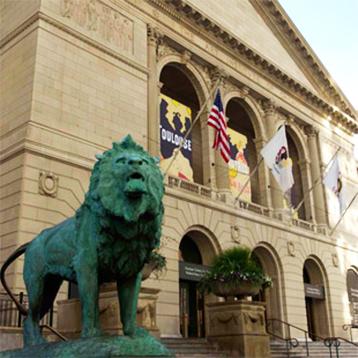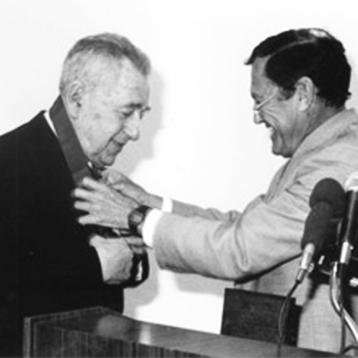The Pritzker Architecture Prize Celebrates its Tenth Anniversary Honoring Two Laureates for 1988
Two architects, Gordon Bunshaft and Oscar Niemeyer, from North and South America respectively, whose works have been among the most influential and recognized in this century have been named Pritzker Architecture Prize Laureates of 1988. The awards will be presented on Monday, May 23, at a ceremony at The Art Institute of Chicago, Illinois.
Jay A. Pritzker, president of The Hyatt Foundation, which established the prize in 1979, commented, "We are delighted that the jury has used the occasion of the tenth anniversary of the prize to honor, not one, but two masters of modern architecture."
Niemeyer, who lives in Rio de Janeiro and will be 81 this year, is perhaps best known for designing most of the buildings in Brasilia, the capital city of Brazil. He began his career in 1936, achieving his first taste of international acclaim in a collaboration with Le Corbusier on the building for the Ministry of Education and Health in Rio de Janeiro. It attracted worldwide attention at the time as one of the first buildings to express the emerging concepts of the modern architectural movement. In thr late forties, the two again worked together on the United Nations Headquarters in New York City. He is the sixth architect from outside the United States to receive the prize.
Bunshaft, who celebrates his seventy-ninth birthday this year lives in New York City. He has designed many buildings there, one of which, Lever House, has been declared an historic landmark, and which Bunshaft calls "my first real building." The sixty-story Chase Manhattan Bank, the Union Carbide Building, and the original PepsiCo building are all Bunshaft additions to the New York skyline. In Washington, D.C., the Hirshhorn Museum has become a familiar addition to the cultural landscape. In his hometown of Buffalo, New York, he designed another art museum, the addition to the Albright-Knox Art Gallery, described by another Pritzker Laureate as "the most beautiful museum in the world." In Texas, the Lyndon Baines Johnson Library, and at Yale, the Beinecke Rare Book and Manuscript Library, add to 'the distinction of their designer, whose career at Skidmore, Owings and Merrill, New York spanned over four decades. His last building for that firm before retiring was one he calls "one of my best and most unique projects," the National Commercial Bank in Jeddah, Saudi Arabia.
The Purpose of the prize is to honor annually a living architect whose built work demonstrates a combination of those qualities of talent, vision, and commitment, which has produced consistent and significant contributions to humanity and the built environment through the art of architecture.
The prize consists of a $100,000 grant, a formal citation certificate, and a medallion. When the Pritzker family established the prize, they wanted to honor a creative endeavor not included in the Nobel Prizes. They modeled their procedures and rewards after the latter. As with the Nobels, the two Pritzker Laureates chosen by the jury in 1988 will share the prize equally.
The nominating procedure is continuous from year to year, with the final selection being made by an international jury with all deliberation, procedures and voting in secret.
The jury for the 1988 Pritzker Architecture Prize consisted of J. Carter Brown, director of the National Gallery of Art in Washington, D.C., who has served as juror since its founding, and is the chairman. The other citizens of the United States on the panel are Ada Louise Huxtable, author and architectural critic; and the architect Kevin Roche of Hamden, Connecticut, who received the Pritzker Prize in 1982. Serving as jurors from other countries are Jacob Rothschild, chairman of the board of trustees of the National Gallery of Art in London, England; architects Ricardo Legorretaof Mexico City and Fumihiko Maki of Tokyo, Japan; and from Torino, Italy, Giovanni Agnelli, chairman of Fiat.
